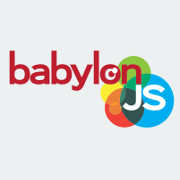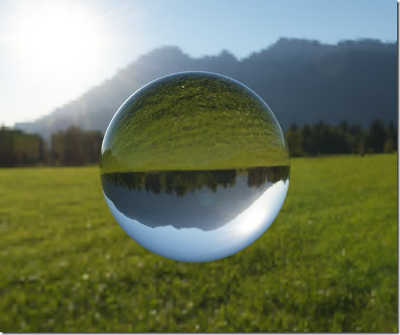| Bablyon.js A JavaScript Framework for 3D Games |
| Tuesday, 28 June 2016 | |||
|
The latest version of Babylon.js has added a 2D accelerated engine to the JavaScript framework for building 3D games. It also adds refraction textures and support for HDR (High Dynamic Range) maps for Physically Based Rendering. Babylon.js is a JavaScript framework for building 3D games with HTML5, WebGL and Web Audio. Babylon is open source that was developed by Microsofties, mostly in their spare time. Babylon overcomes the limitations of WebGL by providing the features needed for creating real games such as collision detection, particles and special effect.
The new release has the addition of Canvas2D, which is described as: "basically an entire 2D accelerated engine available out of the box." While Babylon.js is of course a full featured 3D engine, developers often need to handle 2D content, hence the development of Canvas2D. This is 100% WebGL based, and can be used for drawing, animating and interaction with 2D content. Rendering is another area that has been improved. You can use a refraction channel for standard material and physically based rendering material, and this has now been improved so that you can use a refraction texture to automatically generate a live cubemap of the environment and use it as a source for the refraction channel. Once you've done this, materials will then apply optic deformation to simulate real-time refraction. There's a demo of refraction textures in action on the babylong.js website.
Another addition that is described as 'mind blowing' in the blog post on the Eternal Coding blog about the new version is support for HDR (High Dynamic Range) maps for PBR (Physically Based Rendering). PBR rendering techniques simulate real life lighting, and HDR uses a larger dynamic range for the lighting calculations so scenes look more realistic. Also on the lighting front is the ability to use multiple dynamic lights simultaneously - Babylon.js v2.3 was limited to four dynamic lights in use at the same time, but the developers say that as more people have machines with powerful GPUs, they have decided to remove this constraint. You can now have an unlimited number of dynamic lights for standard material and PBR material, within the limits of the GPU. Other improvements include more flexible physic engines plugins, and an improved Unity3D exporter. This has had several missing pieces added, so that skeletons are now exported and animations are supported, and PBR material is generated when the exporter finds compatible shaders. Support for parallax mapping and parallax occlusion mapping has been added, meaning you can simulate volume with textures only.
More Information
Related ArticlesBabylon.js - A WebGL Game Engine From Microsoft WebGL Studio - 3D Development For The Web Spheree The 3D Snow Globe Breakthrough LiquidFun V1.1 Runs In A Browser Water In WebGL - One You Have To See
To be informed about new articles on I Programmer, sign up for our weekly newsletter,subscribe to the RSS feed and follow us on, Twitter, Facebook, Google+ or Linkedin.
Comments
or email your comment to: comments@i-programmer.info |
|||
| Last Updated ( Tuesday, 28 June 2016 ) |



